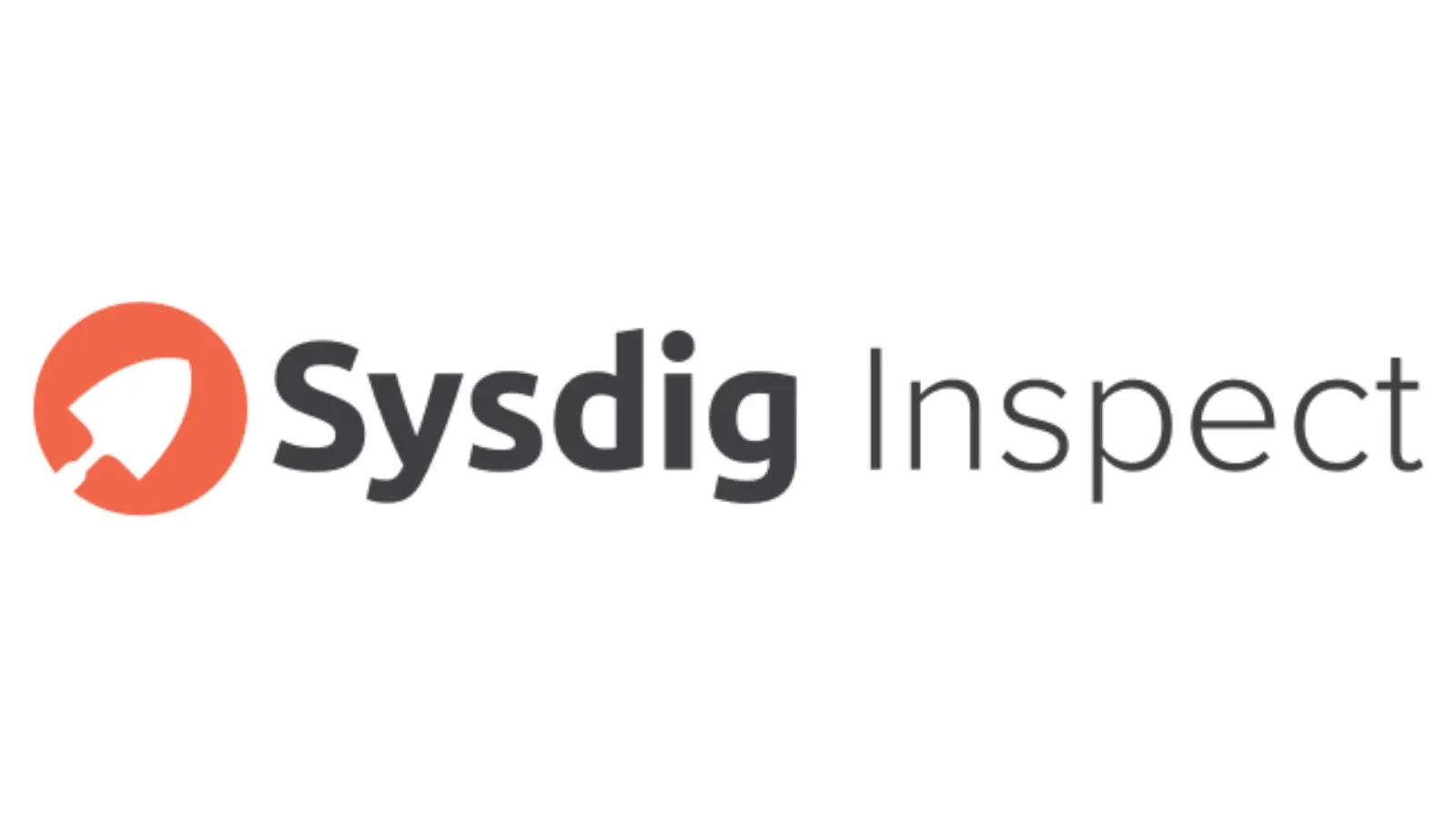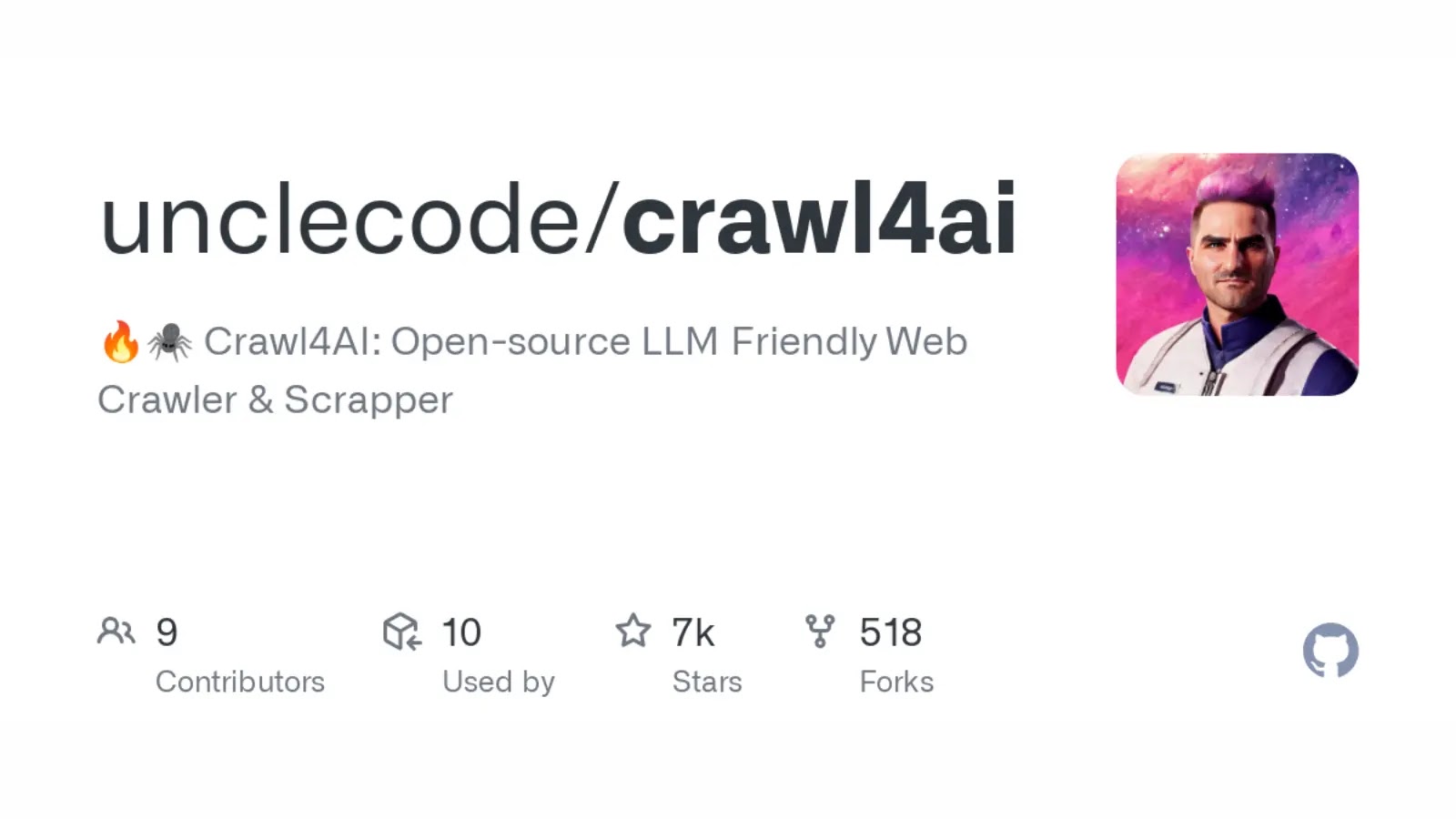KnowsMore is a powerful program made for people who work in network security and Active Directory control. There are many tools it comes with that let you look at and control Active Directory settings, BloodHound data, NTDS hashes, and crack passwords.
Users can import and connect important data, check the strength of passwords, look for users and hashes, and even send cracked credentials straight to a BloodHound Neo4j Database with KnowsMore. This tool makes it easier to understand and protect Active Directory environments, which makes it very useful for security experts and managers.
Main features
- Import NTLM Hashes from .ntds output txt file (generated by CrackMapExec or secretsdump.py)
- Import NTLM Hashes from NTDS.dit and SYSTEM
- Import Cracked NTLM hashes from hashcat output file
- Import BloodHound ZIP or JSON file
- BloodHound importer (import JSON to Neo4J without BloodHound UI)
- Analyse the quality of password (length , lower case, upper case, digit, special and latin)
- Analyse similarity of password with company and user name
- Search for users, passwords and hashes
- Export all cracked credentials direct to BloodHound Neo4j Database as ‘owned object’
- Other amazing features…
Getting stats
knowsmore --statsThis command will produce several statistics about the passwords like the output bellow
KnowsMore v0.1.4 by Helvio Junior
Active Directory, BloodHound, NTDS hashes and Password Cracks correlation tool
https://github.com/helviojunior/knowsmore
[+] Startup parameters
command line: knowsmore --stats
module: stats
database file: knowsmore.db
[+] start time 2023-01-11 03:59:20
[?] General Statistics
+-------+----------------+-------+
| top | description | qty |
|-------+----------------+-------|
| 1 | Total Users | 95369 |
| 2 | Unique Hashes | 74299 |
| 3 | Cracked Hashes | 23177 |
| 4 | Cracked Users | 35078 |
+-------+----------------+-------+
[?] General Top 10 passwords
+-------+-------------+-------+
| top | password | qty |
|-------+-------------+-------|
| 1 | password | 1111 |
| 2 | 123456 | 824 |
| 3 | 123456789 | 815 |
| 4 | guest | 553 |
| 5 | qwerty | 329 |
| 6 | 12345678 | 277 |
| 7 | 111111 | 268 |
| 8 | 12345 | 202 |
| 9 | secret | 170 |
| 10 | sec4us | 165 |
+-------+-------------+-------+
[?] Top 10 weak passwords by company name similarity
+-------+--------------+---------+----------------------+-------+
| top | password | score | company_similarity | qty |
|-------+--------------+---------+----------------------+-------|
| 1 | company123 | 7024 | 80 | 1111 |
| 2 | Company123 | 5209 | 80 | 824 |
| 3 | company | 3674 | 100 | 553 |
| 4 | Company@10 | 2080 | 80 | 329 |
| 5 | company10 | 1722 | 86 | 268 |
| 6 | Company@2022 | 1242 | 71 | 202 |
| 7 | Company@2024 | 1015 | 71 | 165 |
| 8 | Company2022 | 978 | 75 | 157 |
| 9 | Company10 | 745 | 86 | 116 |
| 10 | Company21 | 707 | 86 | 110 |
+-------+--------------+---------+----------------------+-------+
Installation
Simple
pip3 install --upgrade knowsmoreNote: If you face problem with dependency version Check the Virtual ENV file
Execution Flow
There is no an obligation order to import data, but to get better correlation data we suggest the following execution flow:
- Create database file
- Import BloodHound files
- Domains
- GPOs
- OUs
- Groups
- Computers
- Users
- Import NTDS file
- Import cracked hashes
Create database file
All data are stored in a SQLite Database
knowsmore --create-dbImporting BloodHound files
We can import all full BloodHound files into KnowsMore, correlate data, and sync it to Neo4J BloodHound Database. So you can use only KnowsMore to import JSON files directly into Neo4j database instead of use extremely slow BloodHound User Interface
# Bloodhound ZIP File
knowsmore --bloodhound --import-data ~/Desktop/client.zip
# Bloodhound JSON File
knowsmore --bloodhound --import-data ~/Desktop/20220912105336_users.jsonNote: The KnowsMore is capable to import BloodHound ZIP File and JSON files, but we recommend to use ZIP file, because the KnowsMore will automatically order the files to better data correlation.
Sync data to Neo4j BloodHound database
# Bloodhound ZIP File
knowsmore --bloodhound --sync 10.10.10.10:7687 -d neo4j -u neo4j -p 12345678Note: The KnowsMore implementation of bloodhount-importer was inpired from Fox-It BloodHound Import implementation. We implemented several changes to save all data in KnowsMore SQLite database and after that do an incremental sync to Neo4J database. With this strategy we have several benefits such as at least 10x faster them original BloodHound User interface.
Importing NTDS file
Option 1
Note: Import hashes and clear-text passwords directly from NTDS.dit and SYSTEM registry
knowsmore --secrets-dump -target LOCAL -ntds ~/Desktop/ntds.dit -system ~/Desktop/SYSTEMOption 2
Note: First use the secretsdump to extract ntds hashes with the command bellow
secretsdump.py -ntds ntds.dit -system system.reg -hashes lmhash:ntlmhash LOCAL -outputfile ~/Desktop/client_nameAfter that import
knowsmore --ntlm-hash --import-ntds ~/Desktop/client_name.ntdsGenerating a custom wordlist
knowsmore --word-list -o "~/Desktop/Wordlist/my_custom_wordlist.txt" --batch --name company_nameImporting cracked hashes
Cracking hashes
First extract all hashes to a txt file
# Extract NTLM hashes to file
nowsmore --ntlm-hash --export-hashes "~/Desktop/ntlm_hash.txt"
# Or, extract NTLM hashes from NTDS file
cat ~/Desktop/client_name.ntds | cut -d ':' -f4 > ntlm_hashes.txtIn order to crack the hashes, I usually use hashcat with the command bellow
# Wordlist attack
hashcat -m 1000 -a 0 -O -o "~/Desktop/cracked.txt" --remove "~/Desktop/ntlm_hash.txt" "~/Desktop/Wordlist/*"
# Mask attack
hashcat -m 1000 -a 3 -O --increment --increment-min 4 -o "~/Desktop/cracked.txt" --remove "~/Desktop/ntlm_hash.txt" ?a?a?a?a?a?a?a?aimporting hashcat output file
knowsmore --ntlm-hash --company clientCompanyName --import-cracked ~/Desktop/cracked.txtNote: Change clientCompanyName to name of your company
Wipe sensitive data
As the passwords and his hashes are extremely sensitive data, there is a module to replace the clear text passwords and respective hashes.
Note: This command will keep all generated statistics and imported user data.
knowsmore --wipeBloodHound Mark as owned
One User
During the assessment you can find (in a several ways) users password, so you can add this to the Knowsmore database
knowsmore --user-pass --username administrator --password Sec4US@2023
# or adding the company name
knowsmore --user-pass --username administrator --password Sec4US@2023 --company sec4usIntegrate all credentials cracked to Neo4j Bloodhound database
knowsmore --bloodhound --mark-owned 10.10.10.10 -d neo4j -u neo4j -p 123456To remote connection make sure that Neo4j database server is accepting remote connection. Change the line bellow at the config file /etc/neo4j/neo4j.conf and restart the service.
server.bolt.listen_address=0.0.0.0:7687
.webp)








.webp)








.webp)
.webp)